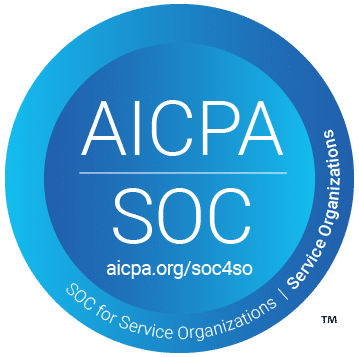
Why do companies use the summer for IT cleanup?
Summer often brings a slower pace for businesses in Toronto. With staff on vacation and fewer meetings on the calendar, it’s one of the best times to tackle long-overdue IT housekeeping tasks without disrupting day-to-day operations. If you’ve been putting off system updates, user access reviews, or cloud file cleanup, now’s your chance.
Here’s a breakdown of the top IT cleanup activities your business should prioritize this summer.
1. How do I remove access for former employees?
Failing to offboard users properly can lead to serious security risks. Make sure to:
- Disable old user accounts in Microsoft 365, Google Workspace, and other platforms
- Reclaim software licenses that are no longer in use
- Revoke remote access to company systems (VPNs, file shares, etc.)
- Remove or forward former employee emails and data
A good Managed IT Service provider in Toronto can help you automate and document this process so nothing slips through the cracks.
2. What software updates or patches should I run this summer?
Outdated software leaves your business vulnerable to cyberattacks. During the summer, take advantage of the quiet time to:
- Apply critical security patches
- Update operating systems, routers, and firewalls
- Review your antivirus and EDR software
- Schedule downtime to safely reboot servers or deploy upgrades
Tip: Use a checklist to make sure no device is missed, especially laptops and mobile devices used remotely.
3. Is there an easy way to organize shared files and folders?
Messy file systems waste time and can increase the risk of data leaks. Here’s what to do:
- Archive or delete outdated projects
- Standardize folder naming conventions
- Organize cloud drives like SharePoint or Google Drive
- Implement file retention and backup policies
If your team is hybrid or remote, this will also improve access and reduce confusion.
4. How can I see who has access to what systems?
This is called a permissions audit, and it’s a great way to tighten security and reduce unnecessary access:
- List who has access to each critical system or file share
- Remove outdated or overly broad permissions
- Apply role-based access controls where possible
- Document admin users and review privilege levels
If you’re working with a provider offering IT support in Toronto, this is one of the first steps we recommend during a security risk assessment.
5. What internal IT documentation should I update during the summer?
Summer is perfect for creating or improving your IT documentation:
- Onboarding and offboarding checklists
- Vendor contact lists
- Asset inventory spreadsheets
- Network diagrams
- Backup and recovery procedures
Having these in place reduces downtime and helps your business stay resilient during turnover, emergencies, or audits.
How Do I Know What My Business Needs Most?
Every business is different, which is why we recommend a technology health check or IT risk assessment. At Connectability, we help small businesses across Toronto identify gaps, streamline systems, and prevent costly tech issues down the road.
Ready to Start Your Summer IT Cleanup?
Whether you handle IT in-house or need a helping hand, Connectability offers trusted Managed IT Services in Toronto that scale with your needs. We specialize in working with growing companies across industries like professional services, real estate, and manufacturing. Book your free IT health check consultation today to get started before things get busy again in the fall.
Bonus: FAQs Toronto Businesses Ask About Summer IT Maintenance
Q: What’s the best time to update systems if my team is mostly remote?
A: Early morning or late evening during summer weeks when fewer people are online – ask your provider to schedule updates during low-traffic hours.
Q: Is it worth hiring outsourced help for an IT cleanup?
A: Yes, especially if you’ve grown in the past year or had staff turnover. A fresh set of expert eyes can help spot gaps and save you time.
Q: Can I combine a network check with cybersecurity testing?
A: Absolutely. Many Toronto businesses use this time for both a tech audit and cybersecurity review to identify security gaps, such as weak access controls, missing patches, and outdated antivirus. It’s a smart way to uncover hidden risks and plan improvements before the busy season returns.






